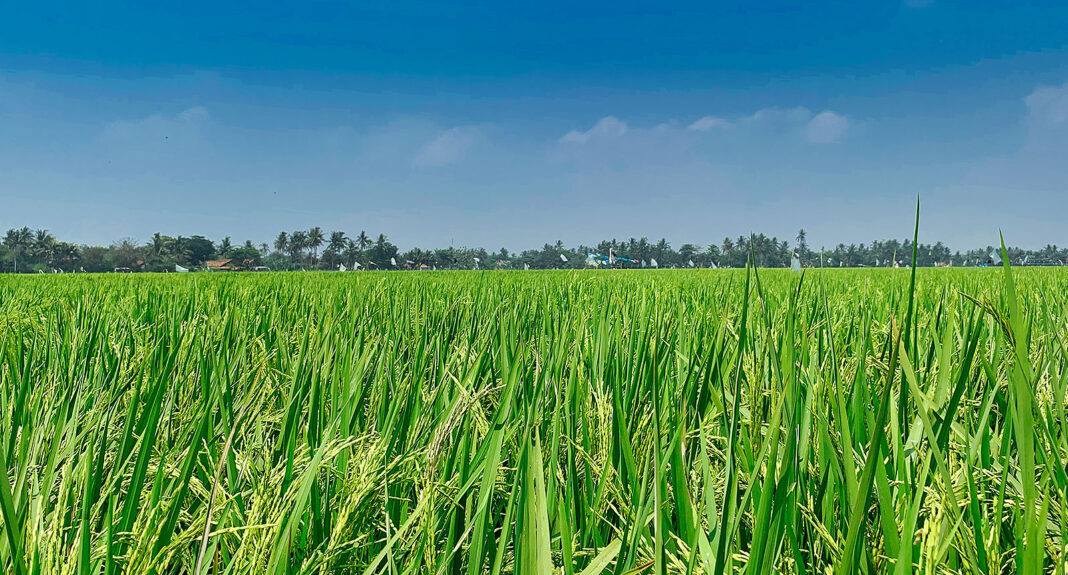The province of Montecristi in the Dominican Republic carries a rich agricultural heritage, deeply intertwined with the cultivation of rice. The history of rice growing in Montecristi traces back centuries, shaping the region’s landscape and contributing to its cultural and economic identity. As we delve into the historical tapestry of rice farming in Montecristi, we uncover the stories of perseverance, innovation, and community that have shaped this vital industry.
Early Beginnings and Spanish Influence
The origins of rice cultivation in Montecristi can be traced back to the Spanish colonial era, when the crop was introduced to the island of Hispaniola. The fertile lands and favorable climate of Montecristi provided an ideal environment for rice farming to thrive. The Spanish settlers recognized the agricultural potential of the region and established rice plantations, utilizing their knowledge and expertise to cultivate the crop on a larger scale.
African Influence and Slave Labor
The expansion of rice growing in Montecristi during the colonial period was greatly influenced by the African slave trade. Enslaved Africans brought to the Dominican Republic possessed extensive knowledge and skills in rice farming, which they shared with their captors. Their expertise was crucial in developing innovative techniques for rice cultivation, including the construction of irrigation systems and the management of rice paddies. The legacy of African contributions to rice growing in Montecristi can still be seen today.
The Rise of Castañuelas
Within Montecristi, the town of Castañuelas emerged as a key hub for rice production. Located in the province’s northwest, Castañuelas became a center for agricultural activity, with a focus on rice cultivation. The town’s geographical position, close to the Yaque del Norte River, provided access to ample water resources essential for rice farming. Over time, Castañuelas developed a reputation for its high-quality rice, attracting attention both locally and internationally.
Modern Innovations and Current Activity
In the present day, rice growing in Montecristi, particularly in Castañuelas, continues to thrive with a blend of tradition and modernity. Farmers in the region have embraced advanced agricultural practices, including mechanization, improved irrigation systems, and the use of hybrid rice varieties. These innovations have enhanced productivity and efficiency, enabling farmers to meet the demands of a growing population and an evolving market.
Castañuelas remains a vibrant center for rice production, with rice fields stretching across the landscape, providing employment opportunities and sustenance for the local community. The town’s economy is intricately linked to rice farming, as it supports processing facilities, distribution networks, and related industries. The activity in Castañuelas serves as a testament to the resilience and adaptability of the agricultural sector in Montecristi.
Preserving Heritage and Ensuring Sustainability
As the history of rice growing in Montecristi unfolds, it is evident that preserving heritage and ensuring sustainability are essential for the future of this industry. Local farmers, agricultural organizations, and government initiatives are working together to promote sustainable farming practices, preserve traditional knowledge, and protect the natural environment. By nurturing a balance between innovation and heritage, the rice growing industry in Montecristi continues to flourish, providing economic stability and cultural pride for generations to come.
As we reflect on the historical journey of rice growing in Montecristi, we recognize the indomitable spirit of the farmers who have nurtured this vital crop over the centuries. Their dedication and commitment have made rice farming an integral part of the province’s identity, weaving together a tapestry of tradition, innovation, and community. Rice fields of Montecristi stand as a testament to the resilience and ingenuity of those who work the land, ensuring that the legacy of rice growing in this region will endure for years to come.


